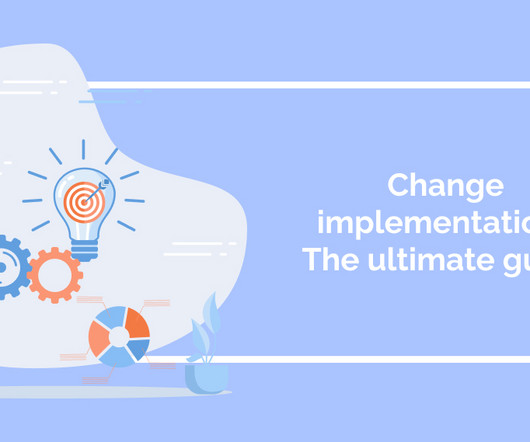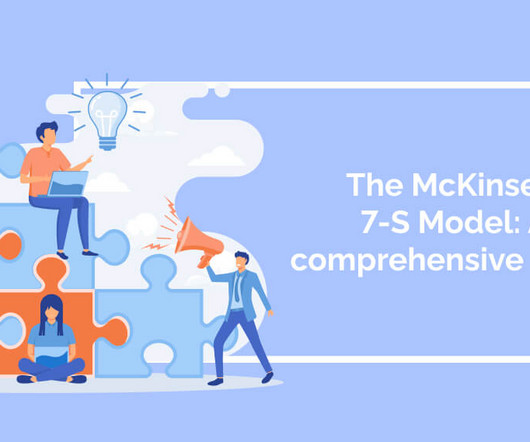5 Field-tested Steps to Restructure Your Team
LSA Global
FEBRUARY 11, 2019
Periodically and for a variety of reasons, it makes sense to reorganize your team to unlock value or to fix a problem. While team reorganizations sound like a relatively fast and concrete way to solve complex problems, a recent McKinsey survey found that over eighty percent fail to deliver the desired benefits on schedule.















Let's personalize your content